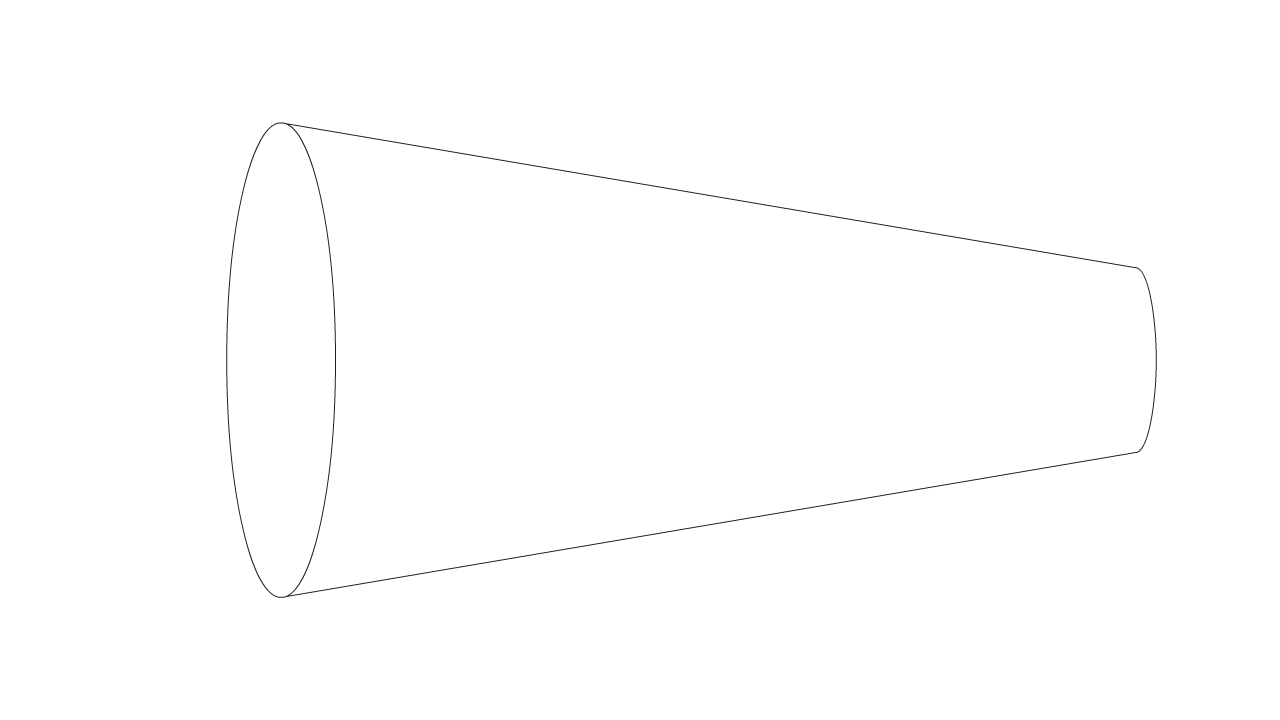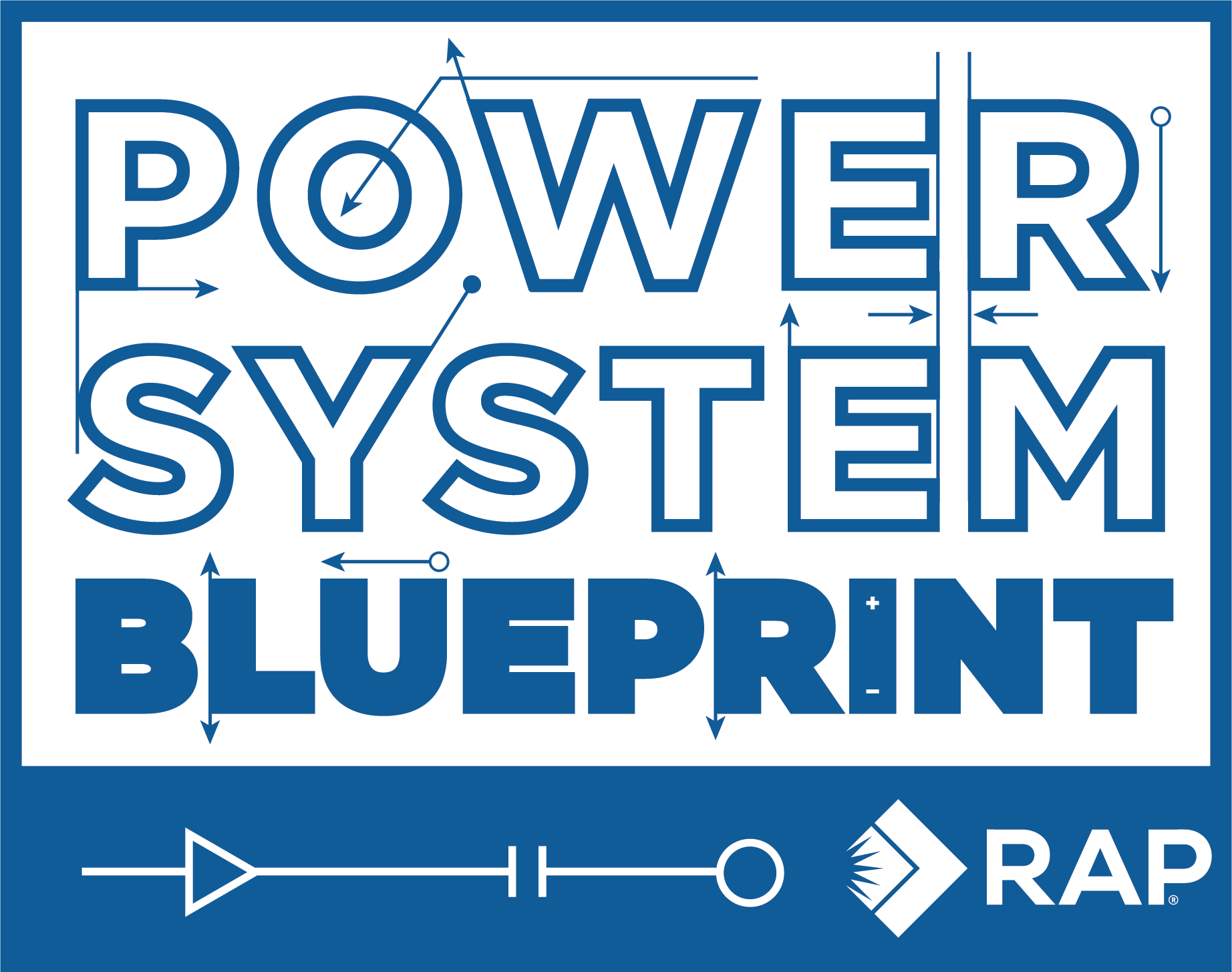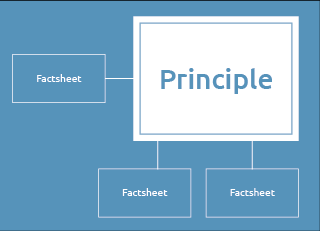SUMMARY
Storytelling is a powerful tool. When used successfully, it can change public perceptions of complex and potentially controversial topics, such as the energy transition. It can persuade — and emotionally connect — people. Used responsibly, storytelling can battle misinformation, correct misconceptions and alter negative biases. Telling your clean energy transition story takes time, effort and commitment, but doing so effectively could be extremely rewarding. Getting your message out early and often can help educate, inform and convince skeptics and build trust. The work you do today will help bring a cleaner future to Europe. It’s time to tell that story.
WHAT
Telling the energy transition story positively, accurately and fairly
HOW
Determine your story’s narrative to win over sceptics and build trust
WHO
Regulators, policymakers, general public
WHEN
Ongoing
Why tell my story? The question is simple enough, but to answer it effectively certainly takes some thought when it comes to approaching your energy transition story. To inform, educate and persuade are some of the many answers to why. The general public doesn’t know the specifics of what the energy transition entails or how it will affect them or, more to the point, how not having an energy transition will negatively affect them. With naysayers in the media being heard loud and clear, it’s important to prepare and continually answer why. Why must we do this? Why is this important for our future? Why should anyone care?
We know the answer: transitioning off fossil fuels is a win-win for everyone. It’s proven to save money; our air becomes cleaner. It will decrease the impact of climate change and ultimately save countless lives. Through intelligent and honest storytelling, you will help build the trust needed to move forward.
Example. In November 2021, Agora Energiewende added a ‘Success Stories’ page to its website where visitors can learn how to successfully decarbonise in all EU sectors: buildings, transport, electricity and industry. Users can find videos showing these stories at either the Member State level or for the entire EU. The site is also interactive; users can find stories geographically by searching a map of Europe.
There are numerous available studies showing how stories can persuade and connect through positive, real-life examples. Finding the right people — the right advocates — to embody your story will be most important. Are there green energy companies that are experiencing booming business as your region moves towards a zero-carbon future? Is there a community that is already well into the energy transition that you can feature? Constructive, everyday stories highlighting the benefits of a greener future will show your audience (and not just tell them) what is to come.
Example. The European Climate Foundation has made storytelling a pivotal part of its organisation, even highlighting Stories on its website. ECF frequently updates its page with concrete triumphs from its partner organisations working towards a decarbonised and net-zero future. ECF also highlights these stories on its social media channels.
It helps to have help. Organise a communications team devoted to advancing your vision. It doesn’t have to be a big team, just a few people who are savvy with social media and adept at telling stories. They can help find your audience on social media and meet them there. Your team can also build contacts with publishers, editors and media personalities in the energy journalism world.
Example. The UK-based communications consultancy Cast from Clay is fast becoming a go-to resource for EU organisations looking to improve their storytelling. The organization created a five-part series devoted to the subject, and it’s a great resource for ideas and approaches on how to begin your storytelling journey, as well as different ideas on how to be an effective storyteller.
The key takeaway is that the energy transition will undoubtedly change the future for the better. Be aspirational. Showing how that will happen will win over cynics, alter public perceptions and diminish negative criticisms. Not every part of your storytelling journey will feature good news. Setbacks and negative stories will happen, but being truthful, trustworthy and honest in your storytelling will go a long way in having a positive impact on your audience.
Key Recommendations
- Determine your story early and use every tool at your disposal to bring that story to your audience.
- Counter negative coverage and misinformation by taking an honest and trustworthy approach to touting the energy transition.
- Make your story an ongoing one that adapts to changing times and perceptions. Refine as you go along.
- Have fun with it!
The Policy Adoption Funnel

Muller, A. (2018). A new model for think tank communications (Part II). Cast From Clay.
References and Further Reading
- Agora Energiewende. (2021). Success stories.
- European Climate Foundation. (2020). Stories.
- 350.org. (2020). Digital storytelling toolkit for the climate movement.
- Muller, A. (2018). The Think Tank Storytelling Series, Part I & Part II. Cast From Clay.
- Muller, A. (2020). The think tank storytelling series – Parts 1-5. Cast From Clay.
- Renken, E. (2020). How stories connect and persuade us: Unleashing the brain power of narrative. NPR.
- Published:
- Last modified: August 13, 2024

 Quick guide on how to use this website:
Quick guide on how to use this website: